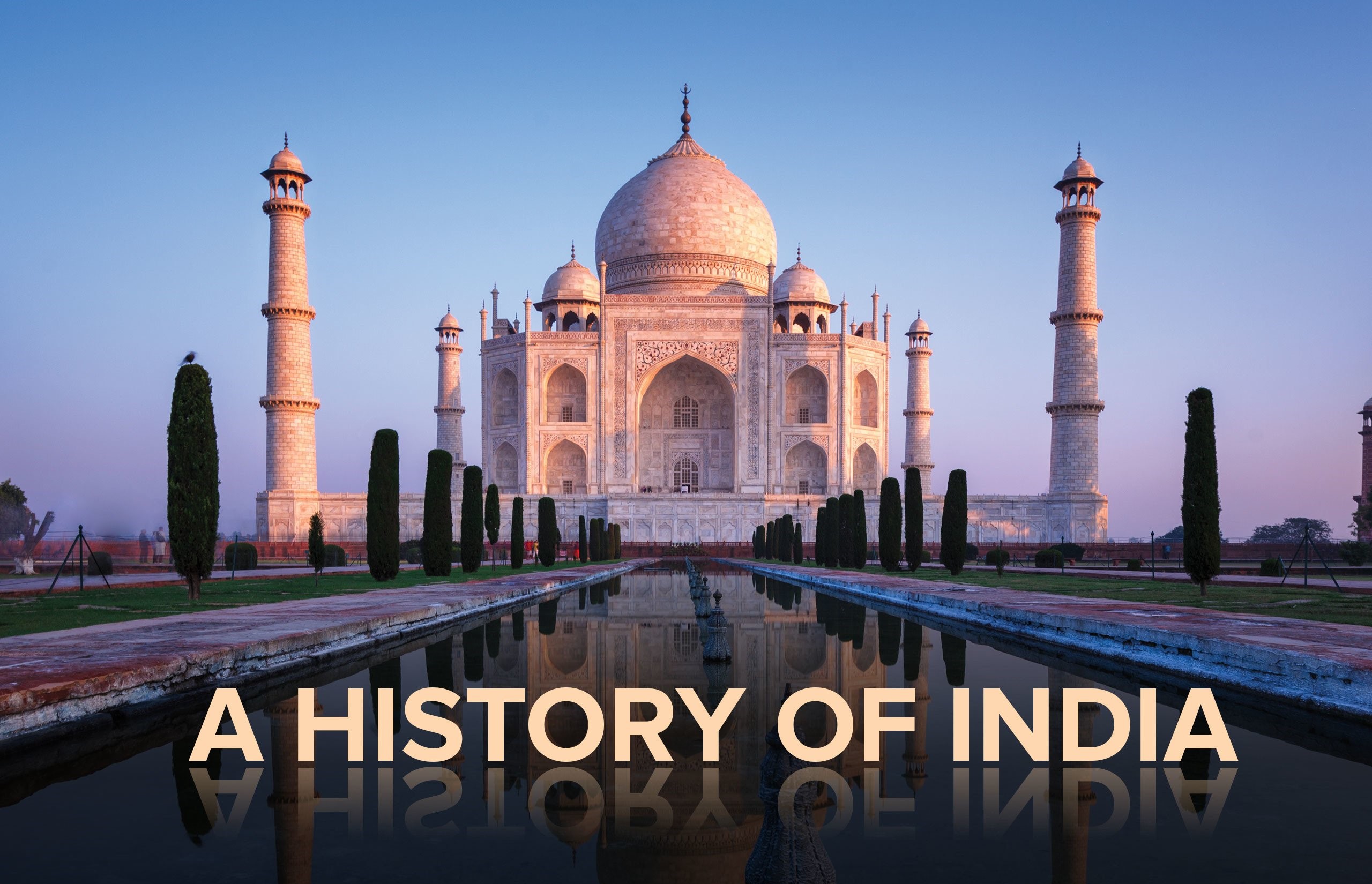Pre-Gupta Period
I. Native Successors of Mauryas
Sunga Dynasty : 185 BC - 73 BC
» Sunga Dynasty was established by Pushymitra Sunga, a Brahmin Commander- in-Chief of last Mauryan ruler named Brihadratha in 185 BC.
» Pushyamitra was a staunch adherent of orthodox Hinduism. However, the great Buddhist stupa at Bharhut (in M.P.) was built during the reign of Sungas.
» Pushyamitra was succeeded by his son Agnimitra, the hero of Kalidasa's drama 'Malvikagnimitra'.
» After Agnimitra, a series of weak rulers such as Vasumitra, Vajramitra, Bhagabhadra, Devabhuti, followed, leading to the decline of the dynasty. During their rule there was a revival of Brahminical influence. The Bhagavata religion became important.
» Patanjali, author of the 'Mahabhasya', was born at Gonarda in Central India. Patanjali was the priest of 2 Asvamedha Yajnas, performed by Pushymitra Sunga.
» In arts, the Bharhut Stupa is the most famous monument of the Sunga period.
» The fine gateway railing which surrounds the Sanchi stupa, built by Ashoka, constructed during the Sunga period.
» Other examples of Sunga Art : Vihar, Chaitya and Stupa of Bhaja (Poona), Amaravati Stupa, Nasika Chaitya etc.
Kanva Dynasty: 73 BC - 28 BC
» In 73 BC, Devabhuti, the last ruler of the Sunga dynasty, was murdered by his minister Vasudeva, who usurped the throne and founded the Kanva dynasty.
» The period of Kanva rule came to an end in 28 BC.
Satavahana Dynasty : 60 BC - 225 AD
» The most important of the native successors of the Mauryas in the Deccan and Central India were the Satvahanas.
» The Satvahanas are considered to be identical with the Andhras who were mentioned in the Puranas.
» The early Satvahana kings appeared not in Andhra but in Maharashtra where most of their early inscriptions have been found.
» Simuka (60 BC - 37 BC) was the founder of the Satvahana dynasty.
» Satakarni I, its 3rd ruler, raised its power and prestige by conquests.
» Hala, its 17th ruler, was the author of 'Gathasaptasati' or, 'Sattasai' in Prakrit Gunadhyar the author of 'Vrihat Katha' (in Prakrit), was the contemporary of Hala.
» It was Gautamiputra Satakarni (106 - 130 AD) who revived the Satavahana power and defeated the Saka Ksatrap Nahapana. He was the greatest Satavahan ruler (23rd Satavahana ruler).
» Vasishthiputra Sri Satakarni its 24th ruler, was married to the daughter of Saka Kstrapa Rudradaman, but defeated by him twice.
» Yajna Sri Satakarm its 27th ruler, was the dynasty's last great ruler.
» Pulamavi III, its 30th ruler, was the last Satavahana ruler.
» Satavahanas were finally succeeded by the Ikshvakus in 3rd Century AD.
» Satavahanas started the practice of donating land with fiscal and administrative immunities to Brahmanas and Buddhist monks, which eventually weakened their authority. The earliest inscriptional evidence of land grant in India belongs to 1st century BC.
» Under the Satavahanas, many Chaityas (worship halls) and Viharas (monasteries) were cut out from rocks mainly in North-West Deccan or Maharashtra. The famous examples were Nasik, Kanheri and Karle
» Stupas (large round structure erected over a sacred relic) were seen scattered all around Ellora. The most famous of these attributed to the Satavahana period are Amravati; a sculptural treasure house, and Nagarjunakonda.
» The official language of the Satavahanas was Prakrit.
» The Satavahanas issued their coins in lead (mainly), copper, bronze and potin.
Cheti/Chedi Dynasty of Kalinga
» The history of Kalinga after the death of Ashoka is shrouded in obscurity. A new dynasty, known as the Cheti or Chedi dynasty, rose in the region probably in the 1st century BC.
» Our information about this dynasty is derived solely from the Hathigumpha inscription (near Bhubaneshwar, Orissa) of Kharavelaf the 3rd ruler of dynasty.
» A follower of Jainism, Kharavela was liberal patron of Jain monks for whose residence he constructed caves on the Udayagiri hill, near Bhubaneshwar in Orissa.
